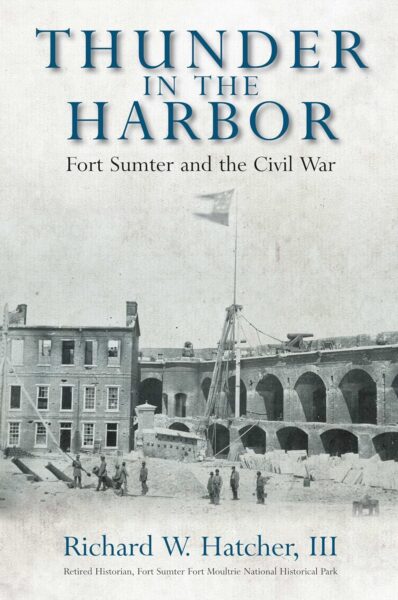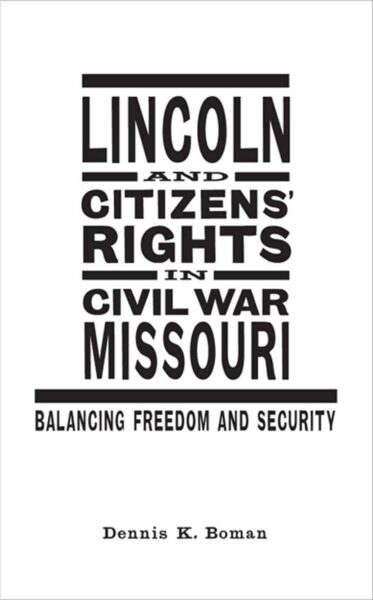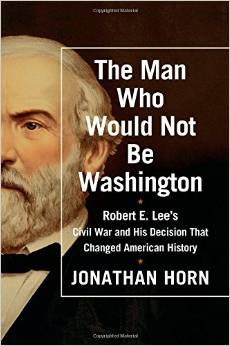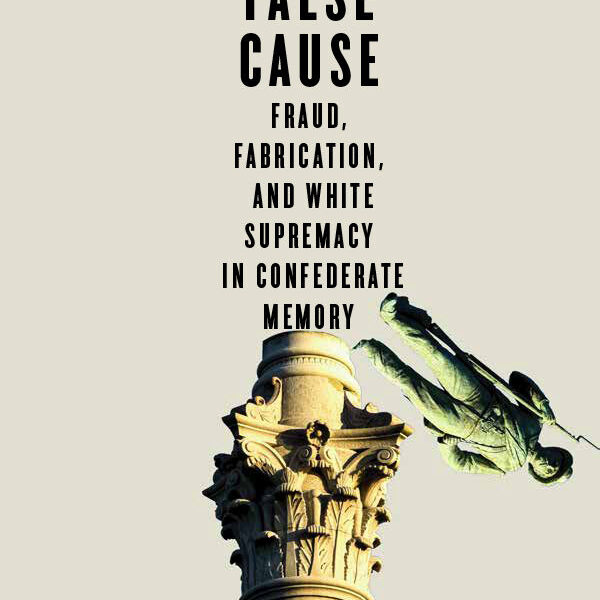Teacher of Civil War Generals: Major General Charles Ferguson Smith, Soldier and West Point Commandant by Allen H. Mesch. McFarland, 2015. Paper, ISBN: 978-0-7864-9834-5. $39.95.
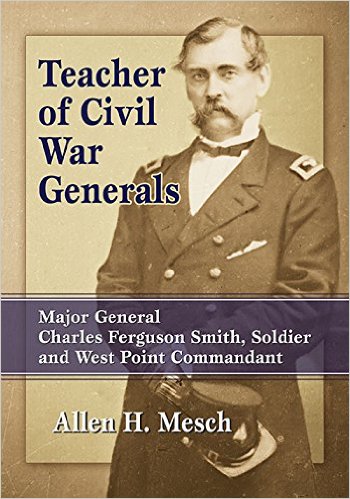 Arguably, the education provided at West Point in the years leading up to the Civil War did more to shape the conflict’s military events than anything else; after all, the overwhelming majority of commanders were graduates of the United States Military Academy. While the antebellum West Point curriculum has been the subject of several studies, few books have chronicled the lives of the men who taught at the Academy. Often detailed from their Regular Army units, a small cadre of United States Army officers spent the majority of their careers at West Point educating eager young cadets in the military profession. One of them was Major General Charles Ferguson Smith.
Arguably, the education provided at West Point in the years leading up to the Civil War did more to shape the conflict’s military events than anything else; after all, the overwhelming majority of commanders were graduates of the United States Military Academy. While the antebellum West Point curriculum has been the subject of several studies, few books have chronicled the lives of the men who taught at the Academy. Often detailed from their Regular Army units, a small cadre of United States Army officers spent the majority of their careers at West Point educating eager young cadets in the military profession. One of them was Major General Charles Ferguson Smith.
Originally from Philadelphia, Smith was appointed to the academy at age twelve and graduated with the class of 1825. Assigned to the artillery following graduation, and after brief service at several coast forts, Smith returned to West Point. He served first as adjutant and later as commandant of cadets, replacing the legendary founder Sylvanus Thayer. Mesch makes clear the impact that Smith’s discipline and teachings in tactics and strategy had on many future Civil War leaders, including James Longstreet and Ulysses S. Grant.
Smith went to Mexico in 1846 and unlimbered his artillery battery at Resaca De La Palma, Monterrey, and during the eventual campaign to take Mexico City. Mesch describes each action in detail, and the book is illustrated with accurate maps. Smith ended the war as a brevet colonel and assisted in establishing the Aztec Club. Following Mexico, he became president of an artillery review board and later served as commander of the Tenth U.S. Infantry during the Mormon Expedition against Utah; coverage of the latter episode is especially detailed and adds to our understanding of this little known chapter in American history.
Assigned to recruiting duty at the beginning of the Civil War, Smith was ordered west and became a division commander under his old pupil Grant. During the Battle of Fort Donelson in February 1862, Smith led his men into combat, shouting, “Damn you, gentlemen, I see skulkers! I’ have none here! Come on, you volunteers, come on! This is your chance! You volunteered to be killed for love of country, and now you can be.” Smith briefly replaced Grant as commander after the battle. On March 12, 1862, during a meeting, he fell into a boat and injured his leg; thus he missed Shiloh, where his division fought at the Hornet’s Nest.
Major General Charles Ferguson Smith died of an infection caused by his injuries on April 25, 1862. The book concludes by acknowledging Smith’s legacy at West Point during the antebellum years by providing a list of the commanders, North and South, that were in attendance while he was commandant of cadets. General Grant considered Smith to be his most important mentor during his military training.
In conclusion, this is a sold, well-written book about a Union general who did much to contribute to the results of the Civil War through his term of service at West Point. Smith taught many of the men who rose to become leaders in the Union and Confederate armies. Not only a distinguished scholar, Smith was a brave and brilliant tactician who earned brevets in Mexico and displayed great courage in his action at Fort Donelson. The book is well researched and sourced from a wide variety of primary and secondary documents, including the Charles F. Smith Papers at the West Point Archives.
Robert Grandchamp earned his M.A. in American History from Rhode Island College. The author of nine books on American military history, he is an analyst with the Federal government and resides in Jericho Center, Vermont.

